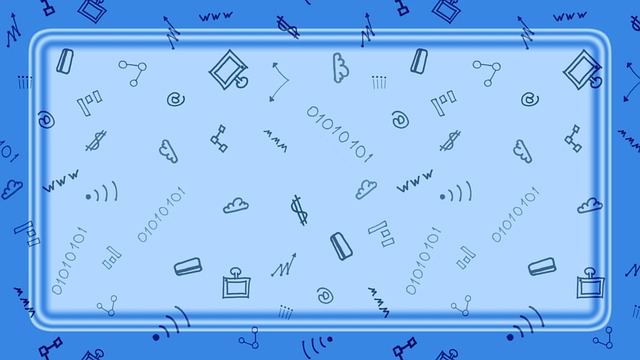The evolution of AI chatbots has been a remarkable journey from rule-based systems to advanced conversational agents. Early chatbots like ELIZA and A.L.I.C.E. had limited capabilities, but their pioneering efforts in the 1960s and 70s laid essential foundations. Today, significant advancements in natural language processing (NLP) and machine learning have transformed AI chatbots into sophisticated partners that understand context, learn from user interactions, provide personalized recommendations, and foster emotional connections. Deep Learning and Neural Networks have further revolutionized chatbot development, enabling them to generate human-like language. Future AI chatbots are poised to become personalized companions, leveraging user data for tailored experiences across various sectors, revolutionizing convenience, efficiency, and personalization.
“Unveiling the remarkable journey of AI chatbots, from their nascent forms to the advanced conversational partners of today, this article explores the transformative evolution of technology. We delve into the history, tracing the path from rule-based systems to the current wave of AI-driven innovation. Early chatbot technologies and their constraints set the stage for groundbreaking advancements in Conversational AI. Through deep learning, neural networks, and sophisticated NLP, chatbots now engage in contextually rich interactions. This piece also peeks into the future, where personalized, intelligent assistants redefine user experiences.”
- The Evolution of Chatbots: From Simple Rules to AI-Powered Learning
- Early Chatbot Technologies and Their Limitations
- Introducing Conversational AI: Enhancing User Interactions
- Deep Learning and Neural Networks in Chatbot Development
- Advanced Natural Language Processing for Contextual Conversations
- The Future of AI Chatbots: Personalized and Intelligent Assistants
The Evolution of Chatbots: From Simple Rules to AI-Powered Learning
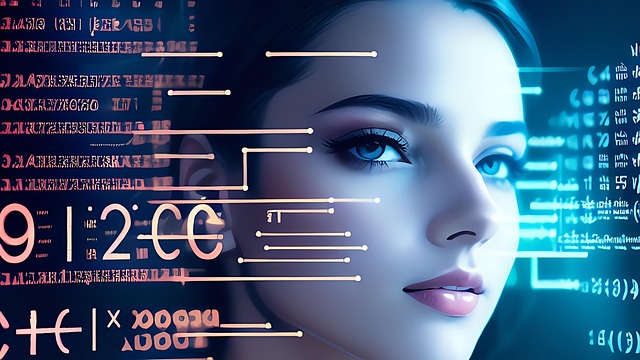
The evolution of chatbots has been a remarkable journey, transforming from simple rule-based systems to sophisticated AI-powered conversational agents. Early chatbots were programmed with predefined rules and patterns to respond to user inputs, often limited to specific topics or tasks. These early versions, while pioneering, lacked the ability to learn and adapt beyond their initial programming.
With advancements in natural language processing (NLP) and machine learning, chatbots have undergone a profound metamorphosis. Modern AI chatbots utilize sophisticated algorithms and vast amounts of data to learn from user interactions, continually improving their understanding and context awareness. This shift has enabled chatbots to engage in more nuanced and spontaneous conversations, providing personalized experiences tailored to individual users.
Early Chatbot Technologies and Their Limitations
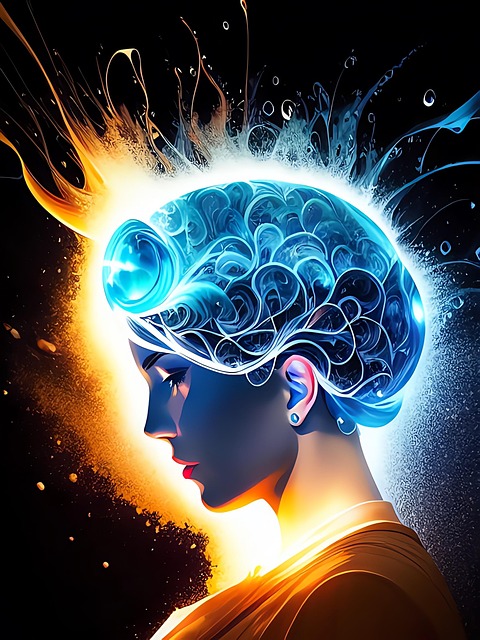
Early chatbot technologies, developed decades ago, were pioneering efforts in artificial intelligence (AI) and natural language processing (NLP). These early AI chatbots, like ELIZA and A.L.I.C.E., used rule-based systems and pattern matching to simulate conversations. They relied heavily on pre-defined responses and lacked the ability to understand context or learn from interactions. Their limitations were evident in their rigid dialogues; they couldn’t adapt to user inputs that strayed from expected paths, leading to repetitive or nonsensical exchanges.
These early chatbots often struggled with semantic understanding, misinterpreting user intent due to the simplicity of their algorithms. They lacked the capability to engage in nuanced conversations, recall previous discussions, or demonstrate genuine intelligence. Their interactions were superficial and lacked the depth and complexity that modern AI chatbots strive for. These initial efforts, however, laid crucial foundations for advancements in NLP and machine learning, paving the way for today’s sophisticated conversational partners.
Introducing Conversational AI: Enhancing User Interactions
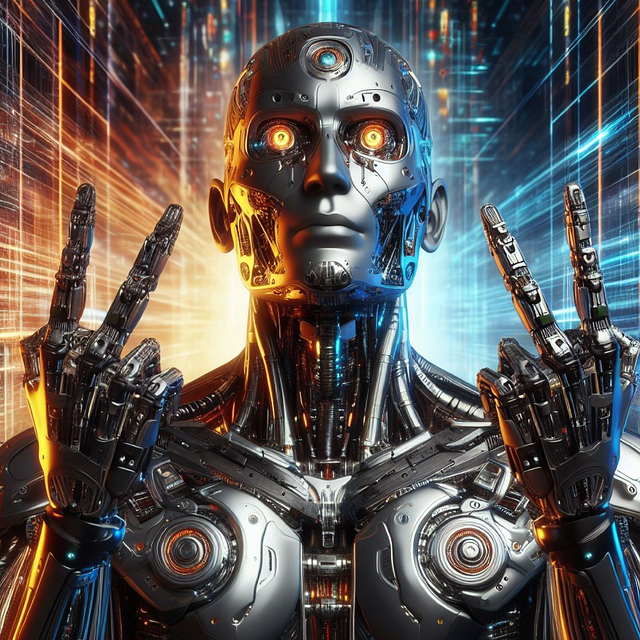
The evolution of conversational AI has been a game-changer in the way users interact with technology. It all began with early chatbots, simple programs designed to simulate human conversation, primarily focused on providing basic information or performing specific tasks. These initial efforts laid the foundation for what would become a powerful tool for enhancing user experiences.
With advancements in natural language processing and machine learning, ai chatbots have transformed into advanced conversational partners. Today, these AI systems can engage in complex interactions, understand context, and learn from user inputs. They can provide personalized recommendations, offer support across various domains, and even foster emotional connections, all while continuously improving through interaction. This shift has not only made technology more accessible but has also elevated the user experience to new heights.
Deep Learning and Neural Networks in Chatbot Development
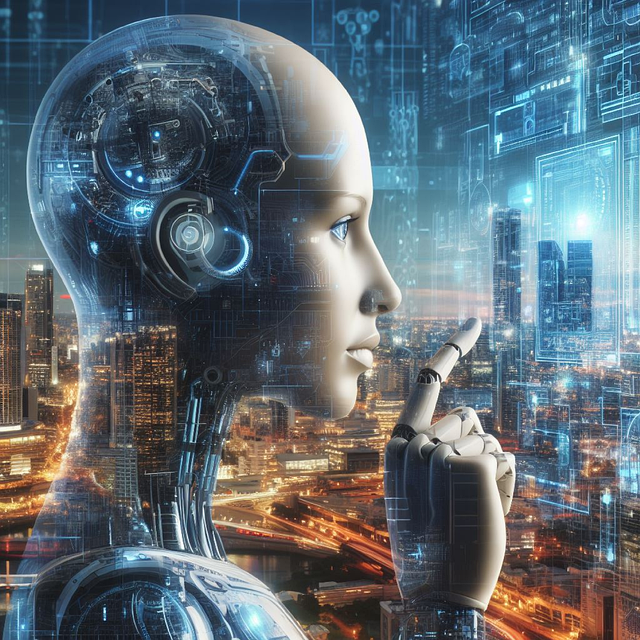
Deep Learning and Neural Networks have revolutionized AI chatbot development, enabling machines to understand and generate human-like language. These advanced techniques mimic the human brain’s structure and learning processes, allowing chatbots to learn from vast amounts of data and context. By training on diverse text corpora, neural networks can capture complex linguistic patterns, semantic meanings, and contextual nuances, resulting in more accurate and coherent responses.
Neural network architectures, such as Recurrent Neural Networks (RNNs) and Transformer models, have significantly improved chatbot performance. RNNs, with their memory cells, can process sequential data, making them suitable for language modeling tasks. Transformers, on the other hand, use self-attention mechanisms to weigh the importance of different words in a sentence, leading to better context understanding. These innovations have brought AI chatbots closer to providing natural and engaging conversational experiences.
Advanced Natural Language Processing for Contextual Conversations

The evolution of AI chatbots has significantly transformed the way we interact with technology. One of the key enablers of this transformation is Advanced Natural Language Processing (NLP). Modern NLP algorithms allow AI chatbots to understand and interpret human language more effectively, enabling contextual conversations that feel natural and intuitive. By leveraging vast amounts of data and sophisticated machine learning models, these chatbots can grasp nuances in language, interpret user intent, and respond with relevant and coherent information.
This enhanced contextual understanding is what sets advanced AI chatbots apart from their early counterparts. They can now maintain continuity in conversations, recall previous topics, and provide personalized responses based on individual users’ needs and preferences. This level of sophistication not only improves the user experience but also opens up new possibilities for applications ranging from customer service and education to healthcare and entertainment.
The Future of AI Chatbots: Personalized and Intelligent Assistants

The future of AI chatbots is poised for a significant shift, transforming from generic assistants into personalized and intelligent companions. With rapid advancements in natural language processing (NLP) and machine learning, these virtual agents will become increasingly adept at understanding context, recognizing emotions, and generating human-like responses. The integration of user preferences, behaviors, and individual characteristics will enable AI chatbots to provide tailored experiences, catering to users’ unique needs and tastes.
Imagine a world where your chatbot assistant remembers your favorite restaurants, suggests recipes based on your dietary preferences, or offers personalized travel recommendations. This level of customization and intelligence will not only enhance user satisfaction but also open doors to new possibilities in customer service, education, healthcare, and more. As AI chatbots evolve, they are set to play a pivotal role in our daily lives, offering convenience, efficiency, and a touch of personalization like never before.
